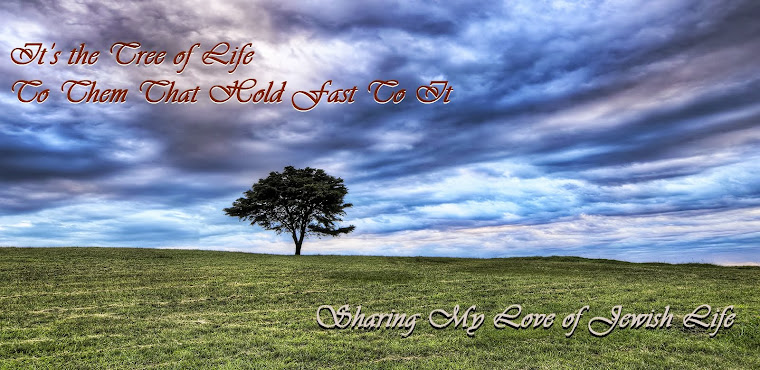One interesting understandings of the name Yisrael is as He Who Wrestles with God. As the Torah clearly states, the Children of Israel are a stiff-necked people; we wrestle with God because basic, blind faith is not the foundation of our relationship with the Divine. The thirteen principles of faith, as enumerated by Maimonides, are referred to as Ani Ma’amin, which is usually translated as “I
believe.” But the grammar is a little awkward. On OU.org (from 2006), there is a definition of the term ma’amin that states that translating it as believe or one who believes is inaccurate because “the grammatical form is ‘hepheil,’ the ‘causative,’ rather than ‘pa’al,’ the ‘active,’ indicating a more pro-active verb. In other words, believing in something of a spiritual nature, requires an effort of the mind and the imagination of the individual, and is not merely a passive ‘act.’”
It may seem strange to speak of Yisrael, the name given to Yaakov after he wrestled with a Divine messenger, in a dvar Torah of Parshas Lech Lecha. Perhaps, however, it is the perfect spot, for does not any journey of achieving active belief begin with lech lecha – go for yourself. More than that, within the parsha and the journey of Avram, we see that even the greatest of believers has questions and seeks assurance.
In five separate instances in Parshas Lech Lecha, Hashem speaks to Avram and reassures him. The first appearance is the command of lech lecha, go for yourself. This was Hashem’s first direct communication with Avram. His second is shortly thereafter, when Avram and family arrive in Canaan and Hashem declares that “to your seed I will give this land” (12:7). These two promises are necessary since they are, in a way, explanatory of why Avram should make this journey and to confirm that this is the land he will inherit.
But when Avram finds his promised land suffering a dire famine, Hashem doesn't speak to him or offer a reassurance. Avram didn't need it. He was on a journey. There was no questioning from Avram because he was actively moving forward. He went to Egypt, and, for his hishtadlus (effort), he eventually saw the necessity of going to Egypt, to acquire wealth and to demonstrate Hashem’s direct protection of his family.
After such a dramatic journey to Egypt and back, it seems, then, particularly interesting that it is only after the departure of Lot that Hashem felt the need to repeat His promise. After Avram sends Lot away, Hashem immediately speaks to him of inheritance and ownership of the land, commanding him to “walk the land, to its length and to its breadth,” (13:17).
The first time Avram separates from Lot, Hashem knows Avram will benefit from reassurance. After all, Lot had been with him on his entire journey thus far. The second time they separate, after Avram intervenes in the war between the kings, rescues his nephew, and sends Lot away again, Avram steps forward to question his childlessness. “O Lord God, what will You give me since I am going childless, and the steward of my household is Eliezer of Damascus?...Behold, You have given me no seed, and behold, one of my household will inherit me” (15:3-4). Avram trusts Hashem, but he is willing to question Him. His question is a request for clarity, for seeing the path forward. For this, Hashem instructs him in the Bris Bein Ha’baturim, the Covenant of the Parts, and provides him with a prophetic testimony of the future.
It is interesting that Hashem does not feel a need to reiterate his promise to Avram for another 13 years. Perhaps because Avram was seeing how his wish for a son when it is fulfilled in Avram’s time frame is not the path set out by God. Avram’s oldest son is Ishmael, the son of Hagar. For 13 years, Avram must have struggled to understand how this child – willful, devious, and so oppositional to Avram’s journey – could be his heir. Avram must have wondered how Hashem could fulfill his promise of a child and made that child so not right for journey ahead. But Hashem needed Avram to see and to understand so that he could accept Hashem’s request and requirement of bris milah. His watching Ishmael prepared him for the physical covenant made through his body that was necessary for Yitzchak to be born, for the spiritual DNA to pass from parent to child. This too was the moment when he developed past his own wants to one who could fully understand that he needed to heed Hashem’s desires for him. This understanding was critical for the coming test of the Akeida.
Lech Lecha is a parsha of emuna. Most of us have grown up reading it in awe of Avram’s seemingly blind faith to leave his home and everything familiar. But it was never blind faith. It was always about being ma’amin, an active and engaged believer. And from here we can learn how it is through being a ma’amin that we develop a true relationship with Hashem.
This dvar Torah is dedicated to a refuah shelaima for: Binyamin Yisrael ben Chanita, Dovid Chaim ben Tzipora, Melech Chaim ben Bella, and Chaim Yehoshua ben Frumit.
